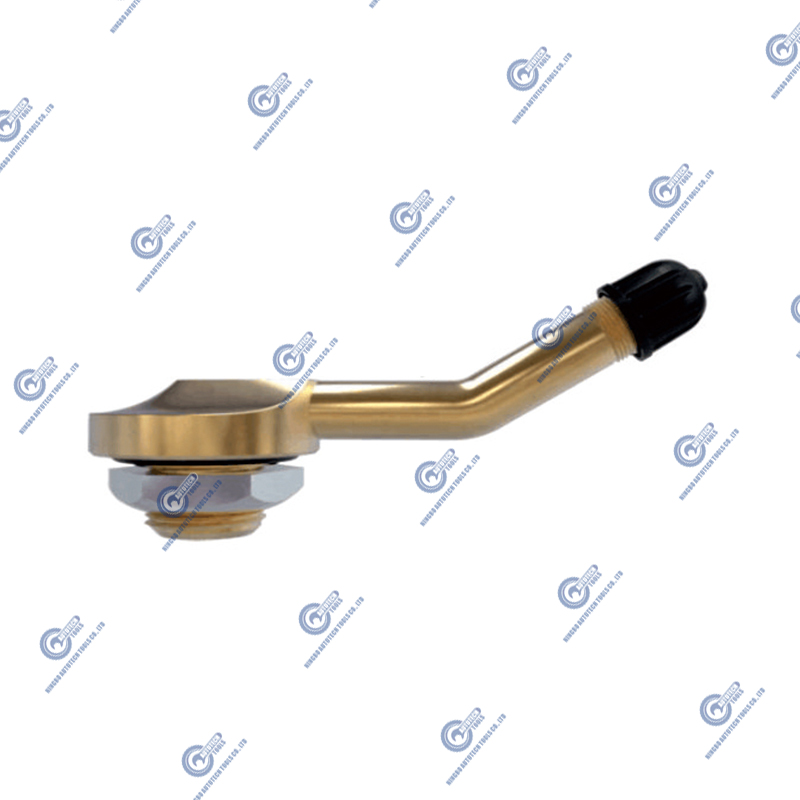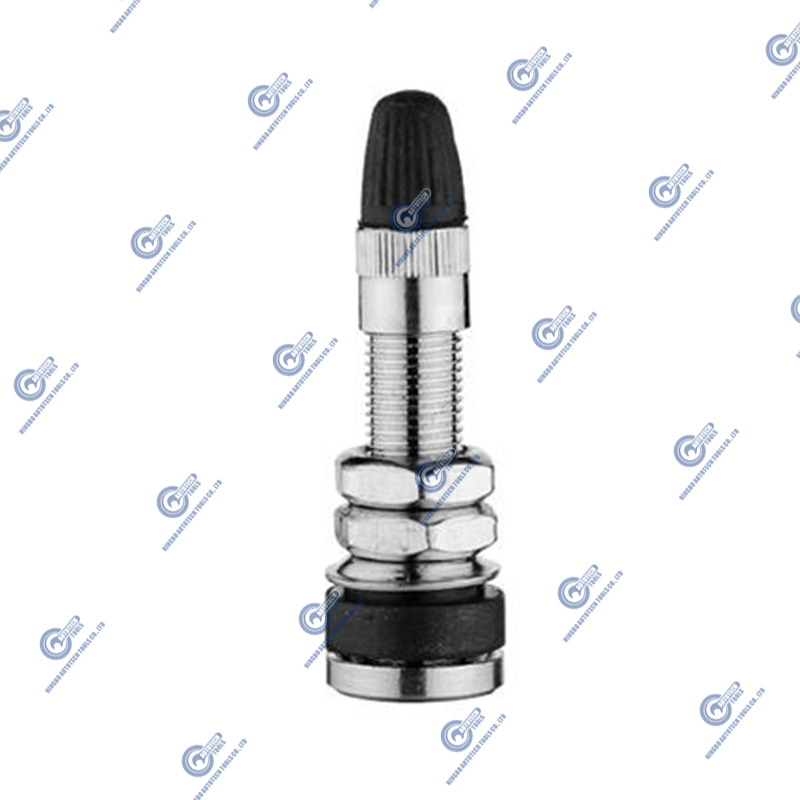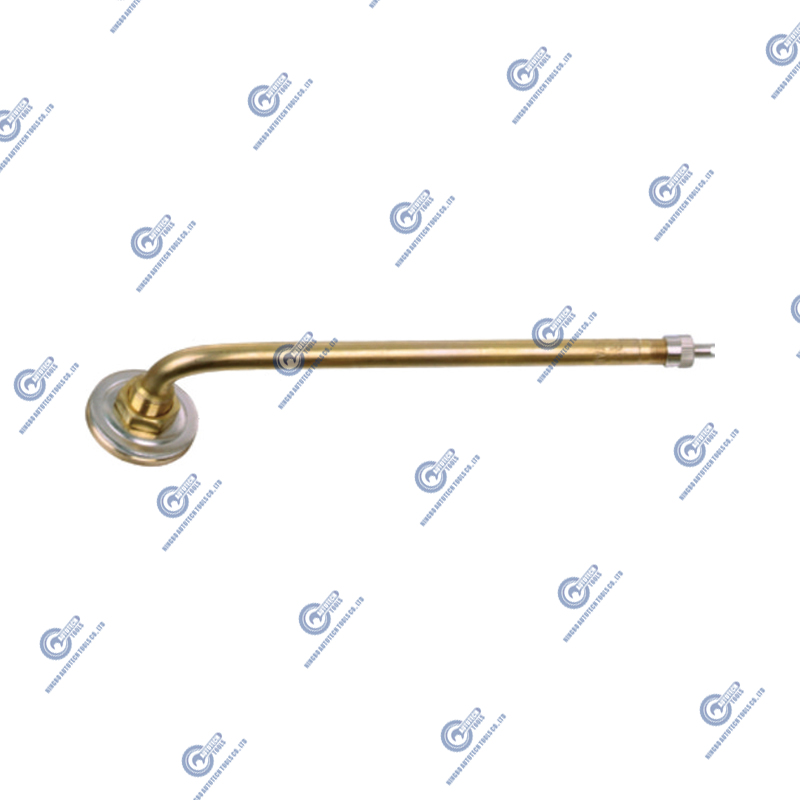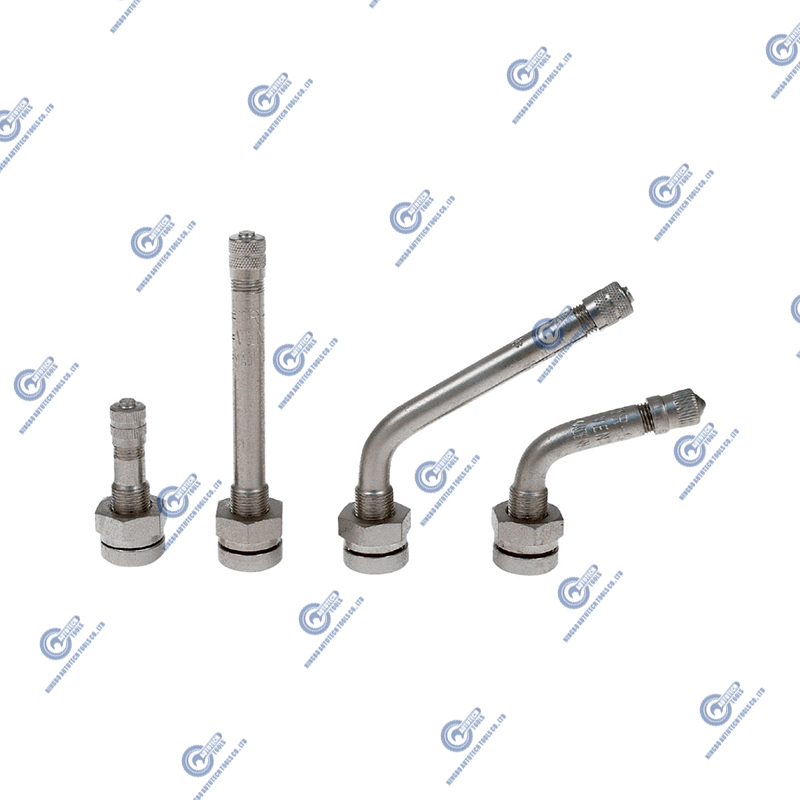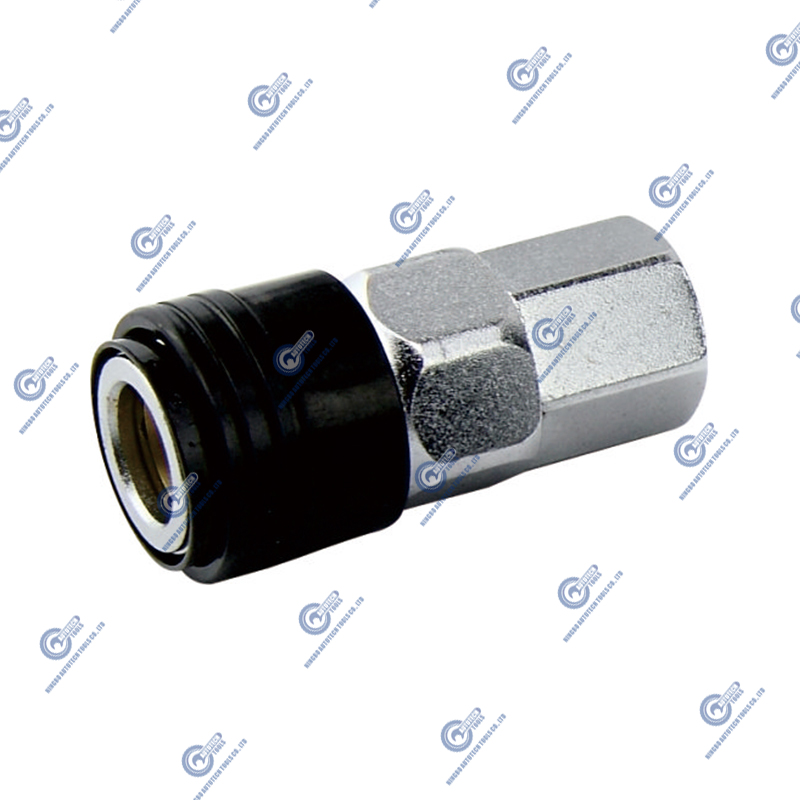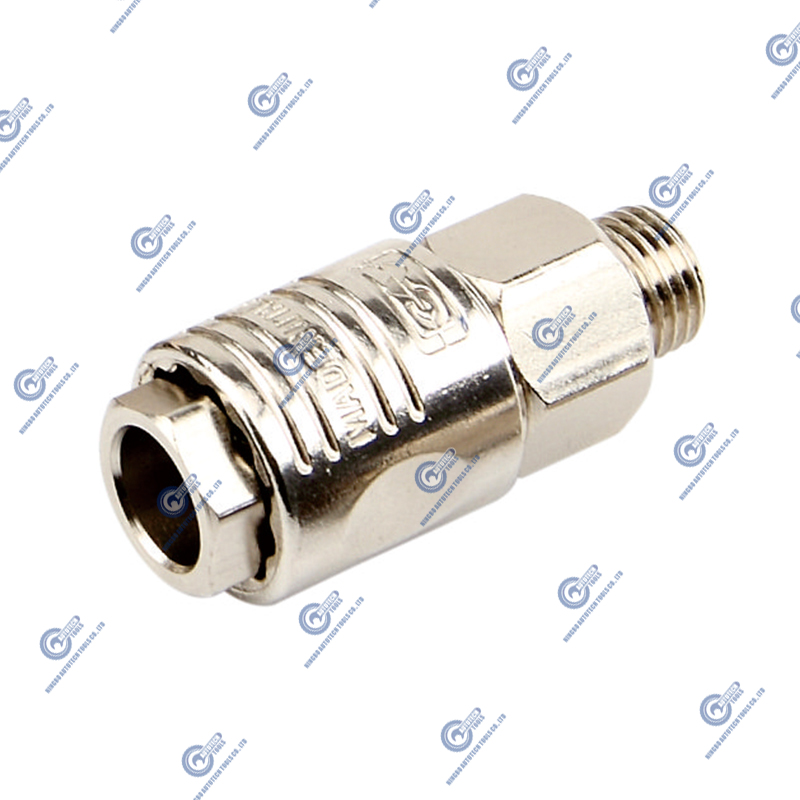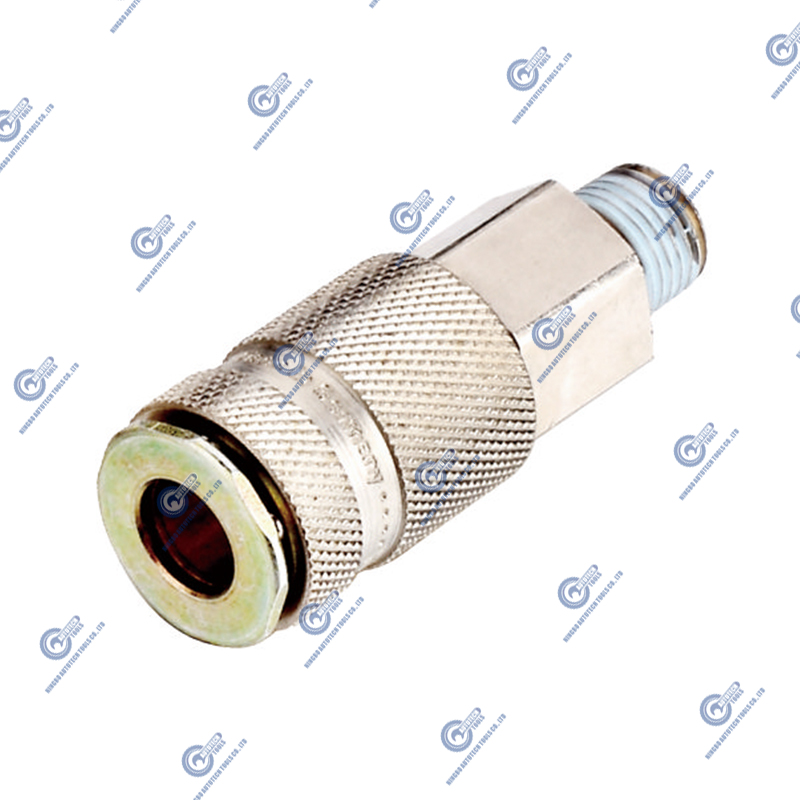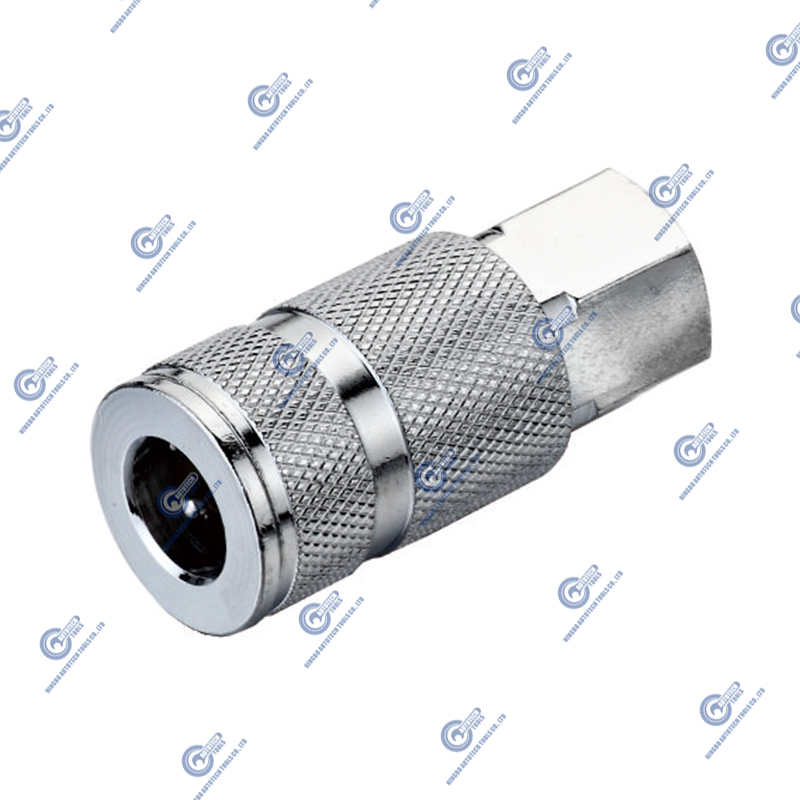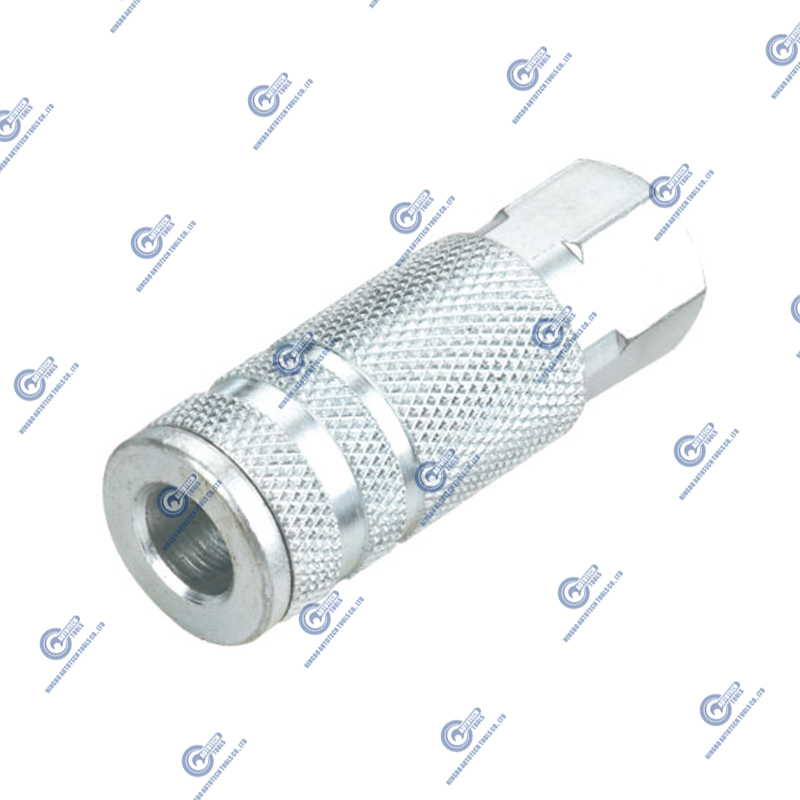How Do Air Hoses and Fittings Affect the Efficiency of Pneumatic Systems?
 2025.04.14
2025.04.14
 Industry news
Industry news
Air pipes and fittings play a vital role in pneumatic systems. They directly affect the airflow efficiency, pressure stability and overall performance of the system. The size and quality of air pipes and fittings have a direct impact on the flow of compressed air in the system. If the pipe is too narrow, it may cause significant pressure loss, thereby reducing the air flow and increasing the energy required to maintain the pressure required by the system. This pressure loss not only reduces the working efficiency of the system, but also may cause energy waste in the operation of the equipment. Using the right size and high-quality air pipes and fittings is the key to ensuring the efficient operation of the system.
The sealing of air pipes and fittings is also crucial. Even a small leak can cause a large amount of compressed air to be wasted, which affects the overall performance of the system. Leakage not only wastes energy, but also reduces the stability and response speed of the pneumatic system, affecting the working accuracy and efficiency. To avoid this, using high-quality fittings and pipes, ensuring that each connection has good sealing, and regularly checking the air pipes in the system to promptly detect and repair any potential leaks are effective ways to improve system efficiency.
The operating environment of pneumatic systems is usually harsh, especially in industrial production, where air pipes and fittings often need to withstand multiple tests such as high temperature, corrosion, and wear. If the air pipes and fittings used have poor wear resistance, are prone to aging or corrosion, this will not only shorten their service life, but also lead to a decline in system performance. Choosing materials that are resistant to wear, high temperature and corrosion can greatly improve the system's working stability and efficiency, ensure that the system can operate efficiently for a long time, and avoid downtime and cost waste caused by frequent replacement of parts.
Another aspect that cannot be ignored is the compatibility and adaptability of air pipes and fittings. In pneumatic systems, the coordination between various components is crucial. If pipes and fittings do not match other components (such as valves, tools and compressors), airflow obstruction or bottlenecks may occur, further affecting the performance of the pneumatic system. For example, if the pipes and fittings are too small, it may lead to insufficient air flow, which in turn affects the normal operation of the system; while oversize may lead to unnecessary waste of space and equipment burden. Ensuring that pipes and fittings match other parts of the system and reasonably selecting sizes and specifications can improve the working efficiency of the pneumatic system.
Regular maintenance is also essential to keep the pneumatic system operating efficiently. High-quality air pipes and fittings can not only reduce the frequency of failures and repairs, but also reduce the maintenance cost of the system. By using durable and efficient pipes and fittings, pneumatic systems can reduce downtime and improve overall production efficiency. Especially in large-scale production or applications that require long-term stable operation, a good piping system can undoubtedly significantly improve the reliability and productivity of the system.



